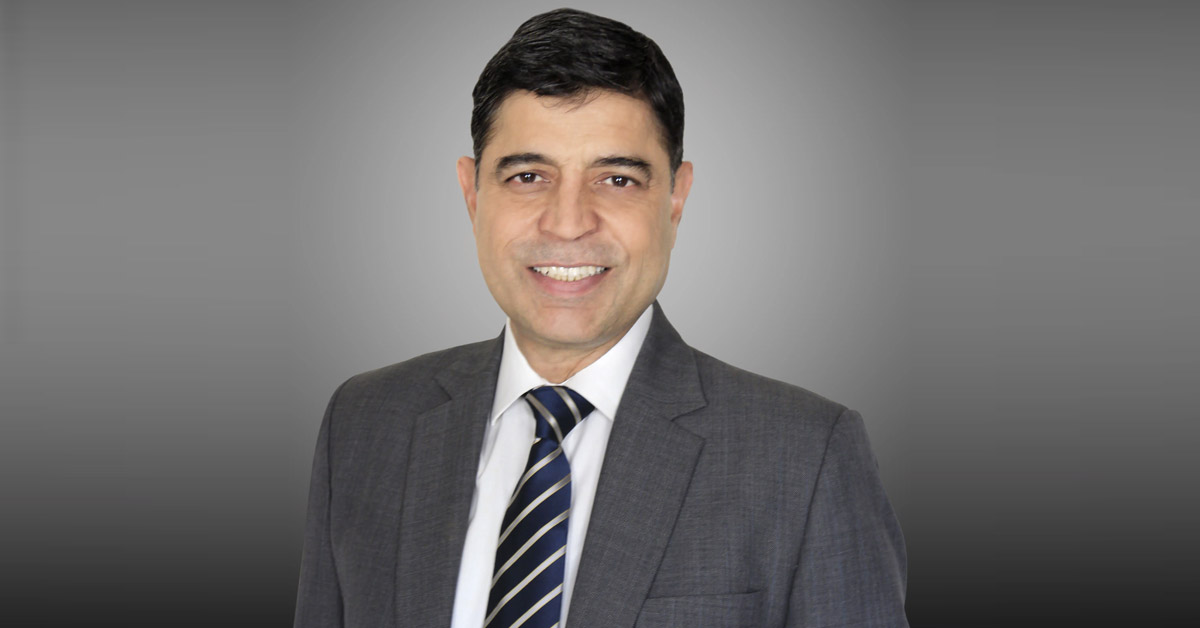- With a 70% drop in funding since FY22, Indian startups are in the midst of a funding winter.
- Startups are reducing burn rate and expediting their path to profitability.
- Number of profitable unicorns is projected to grow across most sectors in 3-4 years, from ~30 in FY22 to ~55 in FY27.
Mohit Rana, Partner at Redseer, speaking at Ground Zero 8.0, offers an insightful perspective on Indian startups as they go through a funding winter. He touches upon how startup funding managed to successfully pivot towards profitable growth and what is in store for the future.
The Indian startup world has been on a roller coaster ride for the last few years owing to disruptions on a macro scale. While it experienced a sharp funding peak during FY22 totalling ~$50 Bn, a gradual onset of funding winter over the subsequent quarters led to a 70% drop in FY23 to ~15 Bn. Mohit elaborates that the increasing cost of capital and interest rates, recession in developed markets, a decline in the value of tech stocks, and the slowdown in consumer internet growth have all been challenges for sustained funding. Consequently, startups are focusing on expediting their path to profitability and reducing burn rates.
Elaborating on private unicorns and publicly listed companies valued over US$ 1 Bn, the Redseer partner offers interesting insights comparing the two. There are about 100 unicorns and less than 400 public companies with a market cap of over $1 Bn. While tech has an outsized impact on the economy, there is also a tendency for overvaluation in the startup world. Ownership of founders in startups is also limited (0-20%) in 59% of private companies, as compared to public companies (50%+) in 65% of public companies. As startups sail through rough waters, Mohit stresses that boards need to ensure future alignment and take more responsibility to guide and support founders during challenging times.
Discussing profitability, Mohit draws parallels between listed tech companies in India and their global peers and adds,
“Listed tech companies have made significant improvement over the last five quarters. Paytm launched new products, expanded into new business segments, and upsold/cross-sold to existing customers to increase revenue per customer and reduce CAC. Zomato increased take rates from restaurant partners and delivery costs from customers.” says Mohit
“A similar path to profitability has been observed from global peers as well. Uber increased take rates to 28% in 2022 – an increase from 15% in 2021, reduced incentives to drivers, and expanded revenue streams. Airbnb optimized and maintained cost discipline in workforce & marketing and increased fees from guests and hosts.” Mohit continued
Projecting four years down the line, Redseer’s analysis of 100 unicorns suggests substantial improvement in profitability, with the number of profitable unicorns projected to grow from ~30 in FY22 to ~55 in FY27. The strategy consultants say that ~50% of unicorns are expected to become profitable by FY27, while ~20% will likely struggle due to regulatory challenges, plummeting demand, and unclear business models. They also expect some of the struggling unicorns to pivot to new models, get acquired, or close entirely.
On the bright side, the strategy consultants predict that profitable unicorns in India could generate 5X the profit in FY27 as they did in FY22. The top four sectors expected to drive the highest pool of profit in the coming years are FinTech and financial services, B2B, SaaS, and eCommerce. During the same period, they also expect a decline in losses made by companies. However, many of these negative margin companies are expected to see funding changes, a drop in valuation, and a move to a much lower growth trajectory.
Concluding the session, Mohit lays down that the path to profitability trickles down to enhancing revenues and decreasing costs. While pushing ad revenues, backward integration, and increasing margins/take-rates can enhance revenue, optimizing CAC, reducing returns, and customer service costs can slash operating costs.
“Many players are focusing on increasing their share of the digital ads market, which has a significant opportunity to drive revenues.” In terms of reducing costs, Mohit mentioned, “Players can further reduce customer service cost while maintaining a high CSAT score, only 10% of companies have optimized their spend while maintaining a good CSAT”
ⓘ LAFFAZ is not responsible for the content of external sites. Users are required to read and abide by our Terms & Conditions.








